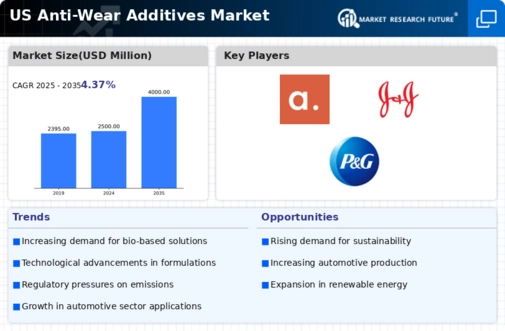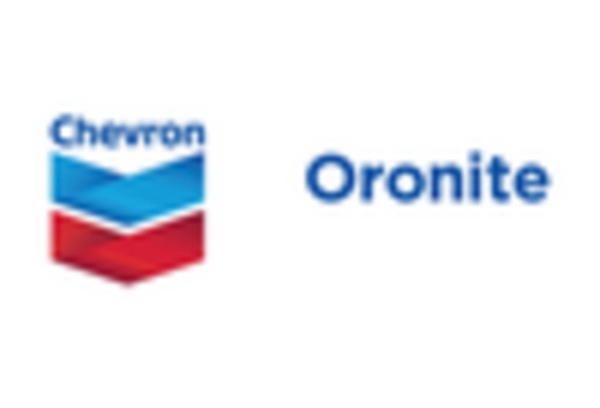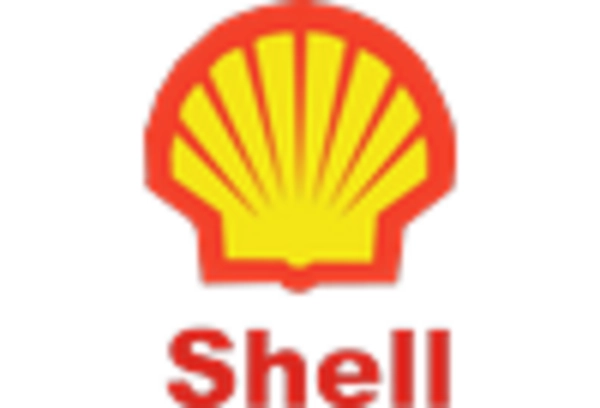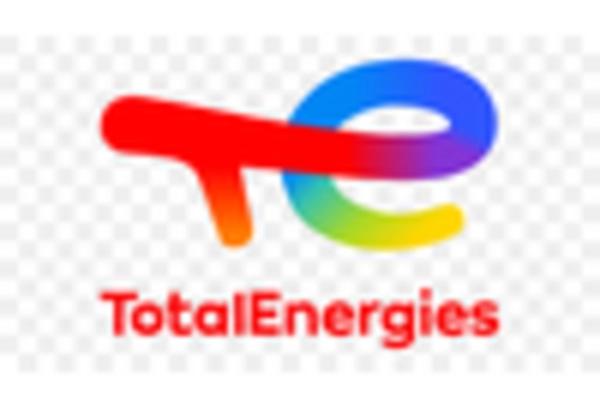Growth in Automotive Sector
The automotive sector is a primary driver of the anti wear-additives market, as the demand for vehicles continues to rise in the US. With the increasing production of automobiles, manufacturers are focusing on enhancing engine performance and durability. Anti wear additives play a crucial role in achieving these objectives by minimizing wear and tear on engine components. The automotive lubricants segment is anticipated to account for over 40% of the total anti wear-additives market by 2030. Furthermore, the shift towards electric vehicles (EVs) is also influencing the market, as new formulations are being developed to cater to the unique requirements of EV drivetrains, thereby expanding the anti wear-additives market.
Regulatory Compliance and Standards
The anti wear-additives market is significantly influenced by stringent regulatory compliance and industry standards aimed at reducing environmental impact. In the US, regulations set by agencies such as the Environmental Protection Agency (EPA) mandate the use of eco-friendly additives in lubricants. This has led manufacturers to innovate and develop bio-based anti wear additives that comply with these regulations. The market is expected to witness a shift towards sustainable formulations, with a projected increase in bio-based additives contributing to approximately 20% of the total market share by 2030. This regulatory landscape is likely to drive growth in the anti wear-additives market as companies adapt to meet these evolving standards.
Increased Focus on Equipment Maintenance
The anti-wear additives market benefits from an increased focus on equipment maintenance across various industries. As companies recognize the importance of maintaining machinery to prevent costly downtimes, the demand for lubricants containing anti wear additives is on the rise. This trend is particularly evident in sectors such as manufacturing, construction, and mining, where equipment reliability is critical. The market for maintenance-related lubricants is projected to grow, with anti wear additives playing a pivotal role in extending the life of machinery. It is estimated that the maintenance segment could contribute to approximately 30% of the overall anti wear-additives market by 2030, highlighting the growing awareness of the value of preventive maintenance.
Rising Demand for High-Performance Lubricants
The anti wear-additives market is experiencing a notable increase in demand for high-performance lubricants across various industries, including automotive and manufacturing. This trend is driven by the need for enhanced equipment efficiency and longevity. As machinery operates under more extreme conditions, the incorporation of anti wear additives becomes essential to reduce friction and wear. The market for high-performance lubricants is projected to grow at a CAGR of approximately 5.5% from 2025 to 2030, indicating robust expansion in the anti-wear additives market. Companies are increasingly investing in research and development to formulate advanced lubricants that meet stringent performance standards, thereby propelling the anti wear-additives market forward.
Technological Innovations in Additive Manufacturing
Technological innovations in additive manufacturing are reshaping the landscape of the anti wear-additives market. Advanced manufacturing techniques allow for the development of more effective and efficient anti wear additives that enhance the performance of lubricants. Innovations such as nanotechnology and the use of advanced polymers are being explored to create additives that provide superior protection against wear. This trend is expected to drive the anti wear-additives market, as manufacturers seek to differentiate their products in a competitive environment. The integration of these technologies could potentially lead to a market growth rate of around 6% annually, reflecting the increasing importance of innovation in the anti wear-additives market.

















Leave a Comment